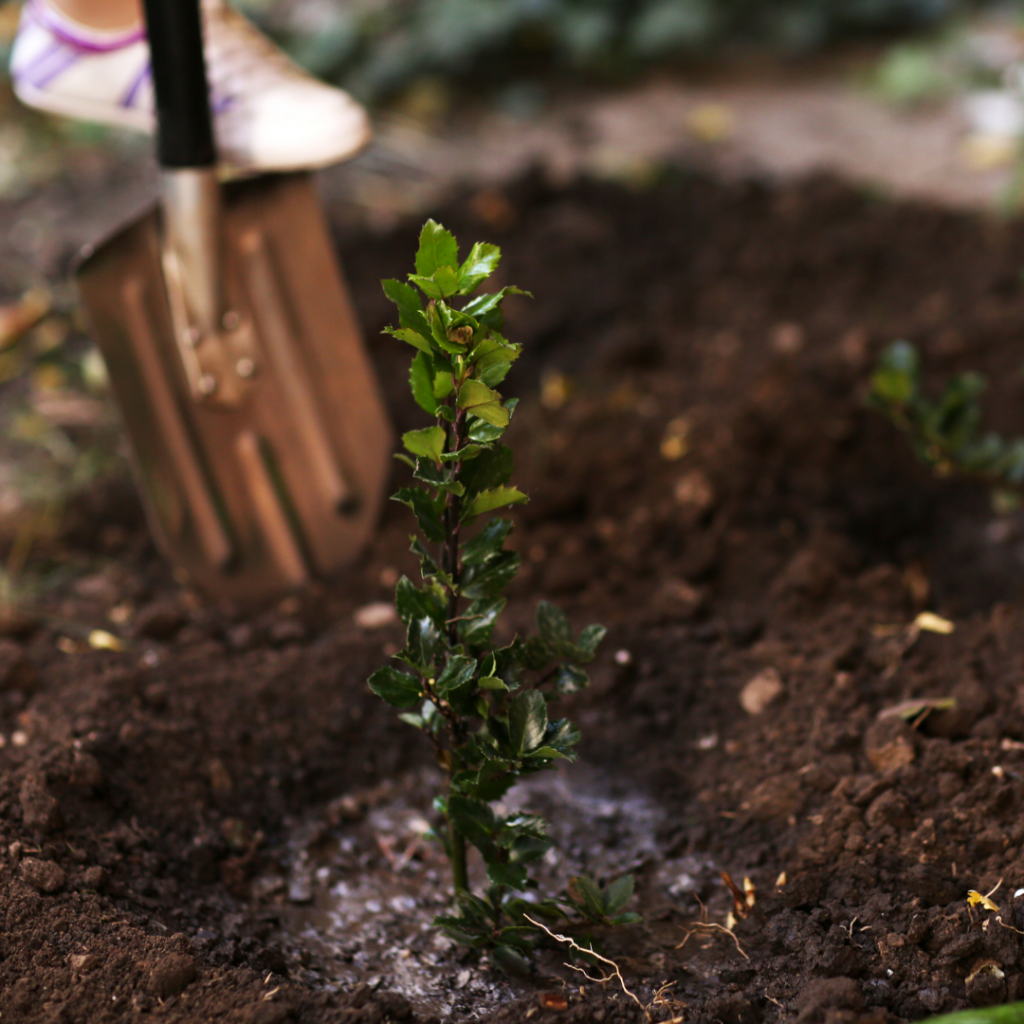There’s no shortage of reasons to bring plants indoors, from the backyard to your classroom, during the cold winter months. But if you’re looking to add some fun to your wintertime learning, there are plenty of ways to do so. For example, students can bring plants into the classroom to demonstrate that plants are an important part of the environment. If you plan to do this, be sure to bring along a range of plants so that your students can study them in different ways.
A simple activity with a child or grandchild is to bring out a small plant, like a succulent, and observe how it grows. You can search online for various kinds of plants that thrive in your area and are easy to care for. You don’t need to be an expert gardener to succeed at this activity. If you use the plant correctly, you can have fun while engaging a young child’s attention.
Plants are fascinating organisms, and it’s fun to learn more about them. In this article, I’ll introduce you to four educational plant activities that are easy to do at home and can teach you a lot about plants and their biology.
Planting a sweet potato
Sweet potatoes, also known as yams and manioc, are among the most popular plants among home gardeners. No wonder! They are incredibly easy to grow and are one of the most nutritious plants you can grow in your yard. They are also good for you since they contain beta-carotene, which the body converts into vitamin A. The sweet potato is a tuber, and it is common for gardeners to harvest the tubers from their plants and eat them as a delicious snack. Plus, you can learn more about seeds that don’t even need seeds to reproduce. To say this nonetheless, you should definitely consider planting sweet potatoes as an educational activity.
Find out why seeds have coats.
Seeds have many different parts that do different things for them. One of the most important of these parts is a coat or shell. This layer of chitin is incredibly tough and protective and helps the seed germinate (germination = sprouting), and this is why they have shells at all.
Knowing why seeds have coats can be a fun educational activity for kids. Some plants grow their seeds in a protective coat that will keep the seeds safe until they germinate. Other plants have no coats or veils, and their seeds are exposed to the elements until they sprout.
Have you ever wondered why seeds have coats? That is a great question and one that scientists have been trying to figure out for quite some time. The key to understanding this is to understand that seeds are living organisms that need certain conditions to survive and grow. Like other living organisms, they must be protected from the elements to survive. Therefore, they have developed different mechanisms to protect themselves from the rigors of exposure to the elements.
Make a DIY plant viewer.
When it comes to growing your plants successfully, how you look at them is as important as what you see. Planting and caring for your plants is a very rewarding hobby, but it can be tricky to keep track of all the changes they go through. For example, which plants are in flower? Which ones need more attention? Which ones are growing? Which ones are sprouting? All these tasks can be done using a DIY plant viewer.
Sorting sprouted seeds
Sprouting seeds are an important part of the plant world. It’s a plant’s way of releasing its energy by germinating. It happens when a seed grows at the top of the seed with the help of the atmosphere, while oxygen, water, and food are provided at the bottom part of the seed. There are other ways plants can release energy from their seeds, like planting, germinating, growing, sprouting, desiccation, or drying.
Sprouting is a fun, simple, and educational plant activity that can be done indoors or outdoors, according to the weather. When you sprout seeds, many different seeds can be planted and sprouted. While many seeds can be sprouted, the common ones include sunflower, pumpkin, radish, and alfalfa seeds.

